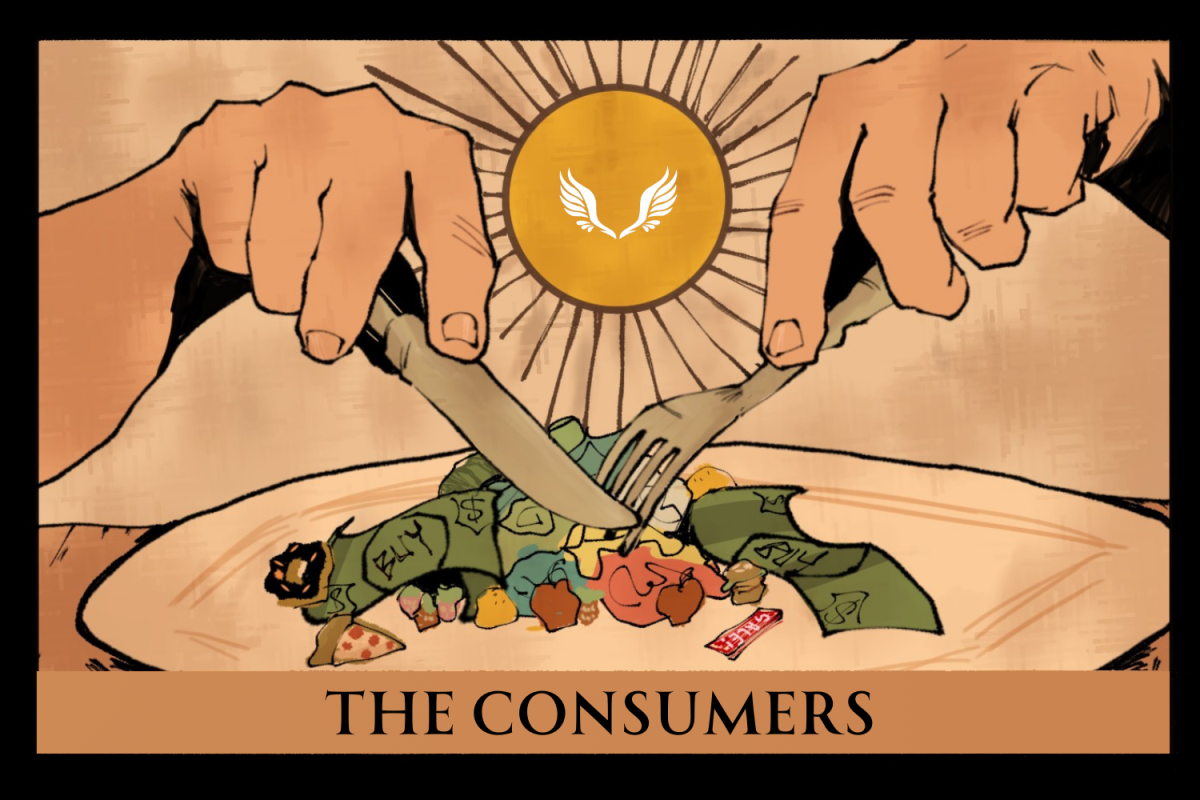Though the holiday has a reputation for being more of a modern-day corporate cash grab than an actual celebration, Valentine’s Day has much older origins in everything, including a Catholic saint and a pagan fertility festival.
Of the three Catholic saints who are named some variation of Valentine or Valentinus, the one who is really associated with St. Valentine’s Day is debated. Some legends credit Saint Valentine, a saint who was executed by Emperor Claudius II for marrying young couples in secret– defying the decree that outlawed marriage for young men, requiring them to be soldiers in the Roman armies instead– as the “true” Saint Valentine. Others credit Saint Valentine of Terni, a bishop. Still, other legends insist the namesake of Valentine’s Day was a saint who was executed for leading Christians from inhumane conditions in Roman prisons.
No matter who is the true Saint Valentine for which the holiday was named, almost all of the stories surrounding him emphasize the saint as an empathetic, heroic, and of course, romantic figure. Because of this reputation, Valentine became one of the most popular saints in France and England amongst Catholics.
So why February 14th? Similarly to Christmas, the date of the holiday was determined long ago by a Catholic Pope who wished to Christianize pagan festivals, celebrations, and holidays.
The pagan celebration of Lupercalia, taking place in the middle of February during the ides– or rather, the fifteenth– was a festival honoring the Roman god of agriculture, Faunus. The holiday festivities also honored Romulus and Remus, the founders of Rome.
The festivities included a ritual where temple priests would sacrifice a goat and a dog in the cave where Romulus and Remus supposedly were cared for by the she-wolf Lupa, and the hides of the goat were touched to the fields and young women of Rome. It was believed the hides would increase the fertility of what it touched. Later during the day, eligible young women would place their names into an urn that young men would draw from. They would be paired for the rest of the year, and these couples would often get married as well.
Despite the ancient roots of the holiday, Valentine’s Day would not gain popularity until the Middle Ages. It was believed in France and England that February 14th was the day that birds began mating for the springtime. One of the first Valentine’s Day “cards” was written by English poet Geoffrey Chaucer. In his 1375 poem, Parliament of Foules, Chaucer writes:
“For this was sent on Seynt Valentyne’s day
Whan every foul cometh ther to choose his mate.”
One of the most recognizable symbols of Valentine’s Day is the little cherub in a diaper called Cupid. Based upon the Roman version of Eros– the god of love and son of Aphrodite– the winged child with a bow and arrow that inflicts love upon those whom he shoots appears on cards, t-shirts, and chocolate boxes.
The gift-giving aspect of Valentine’s Day began to appear around the eighteenth century, where it was common to give loved ones small tokens of affection. Later, companies would take the opportunity to capitalize upon this gift-giving and produce premade goods and gifts adorned with hearts, chocolates, Cupids, flowers, and bows in all shades of red, pink, and white.
Now, Valentine’s day is celebrated in America, Mexico, Canada, Great Britain, France, and Australia. To some, it is just that- a corporate holiday with no meaning that profits off of people’s love for each other. To others, it holds significant sentimental value. No matter what the case, it can be agreed that Valentine’s Day is still popular as ever now as it was in the Middle Ages.





























































